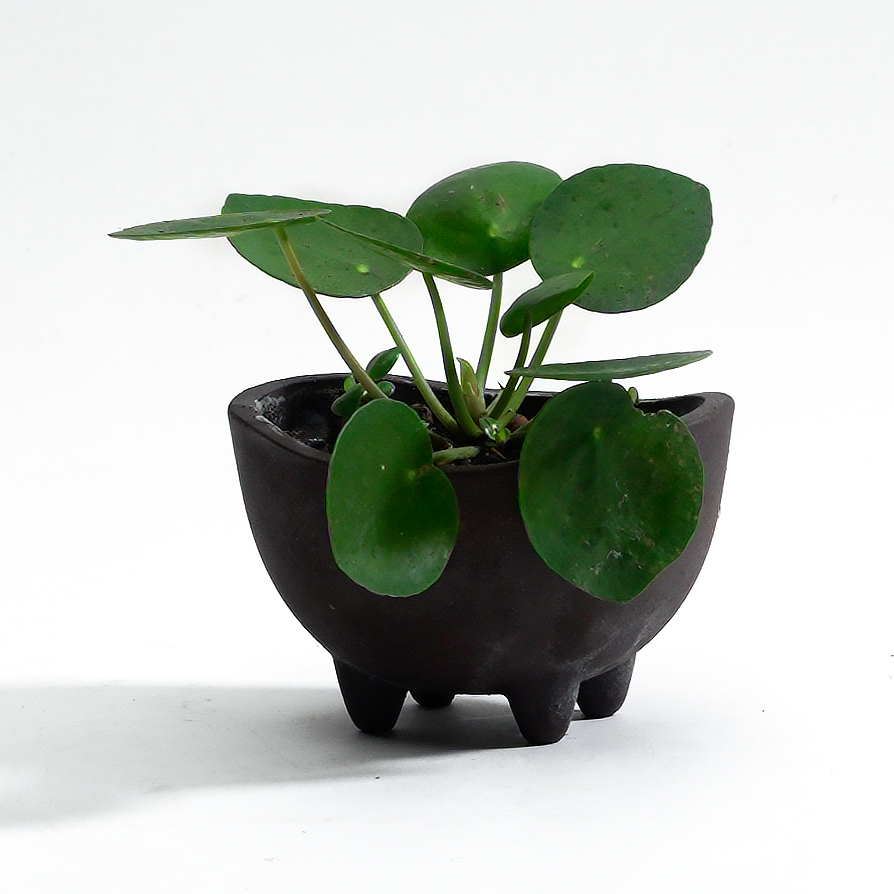A Comprehensive Guide to the Pilea Plant
History and Origin
The Pilea plant, scientifically named Pilea peperomioides, is native to Yunnan, China. Its popularity as a houseplant surged in the mid-20th century, particularly in Scandinavia. Its unique appearance and easy care made it an attractive choice for indoor gardeners.

Characteristics and Varieties
The Pilea plant is characterized by its succulent, round leaves on long, slender stems. The leaves are typically a vibrant green, often with distinctive silver or white markings. While Pilea peperomioides is the most common variety, there are other Pilea species and cultivars with varying leaf shapes, sizes, and colors.
Some of the most popular Pilea varieties include:
Pilea involucrata: This variety features triangular leaves with serrated edges and often has reddish-brown markings.

Care Requirements
The Pilea plant is relatively low-maintenance, making it suitable for both experienced and novice gardeners. Here are some essential care tips:
The Pilea plant prefers bright, indirect light. Avoid direct sunlight, as it can scorch the leaves.

Allow the soil to dry out slightly between waterings. Overwatering can lead to root rot.
The Pilea plant thrives in warm temperatures between 65-80°F (18-27°C). Avoid exposing it to cold drafts or sudden temperature fluctuations.
Propagation
The Pilea plant can be propagated through leaf cuttings or division.
1. Select a healthy leaf with a petiole (stem).
2. Remove the lower part of the leaf and insert the petiole into a small pot filled with moist potting mix.
3. Place the pot in a warm, humid location with indirect light.
4. The leaf cutting should root within a few weeks.
1. Carefully remove the Pilea plant from its pot.
2. Gently divide the root ball into two or more sections, ensuring each section has healthy roots and shoots.
3. Repot each section in a separate pot filled with fresh potting mix.
Common Problems and Solutions
While the Pilea plant is relatively hardy, it can be susceptible to certain problems. Here are some common issues and their solutions:
Yellowing Leaves: This can be caused by overwatering or underwatering. Adjust your watering schedule accordingly.
Conclusion
The Pilea plant is a versatile and attractive addition to any indoor garden. Its unique foliage and ease of care make it a popular choice for plant enthusiasts of all levels. By following the care guidelines outlined in this article, you can enjoy the beauty of your Pilea plant for years to come.

:max_bytes(150000):strip_icc()/how-to-grow-coleus-1402921-02-6ca494adf94f4a5887c94256a24ebf33.jpg?w=200&resize=200,112&ssl=1)



:max_bytes(150000):strip_icc()/hoya-plants-1315763-hero-fe8b10a522eb4d7e9ada8abbc303fbc5.jpg?w=200&resize=200,112&ssl=1)